You’re probably reading this article from Philkotse.com because you wanted to know if you need to rotate your tires. In fact, it is something that’s vital in maintaining your car’s drivability.
But don’t worry, we’ll make it easy for you to understand and perform. If you don’t have access to a tire shop with a hydraulic lifter, the next best thing would be a DIY tire rotation using two jacks and a tire wrench.
How to PROPERLY Rotate Your Tiresar’s drivability
1. Why is tire rotation neccessary?
Less chance of having tire worn out
Tire rotation evens out the wear among all four of your tires (five if you count the spare). The tires on your car wear out differently due to certain factors such as weight, air pressure, drivetrain configuration, and driving conditions.
For instance, the front tires will typically bear more weight than the rear. The front tires on an FWD car also tend to wear out faster, since they do double duty in propelling and maneuvering the vehicle. Rotating the tires makes sure that they wear out more or less at an even rate.
>>> Related: Driving with a bad tie rod: Symptoms, Effects, & Replacement costs
Extend the life of the tires
Evenly-worn tires help to make them last longer. Of course, name-brand tires are assumed to last longer due to the quality of the materials used, but tire rotation will help in significantly extending the life of your tires.
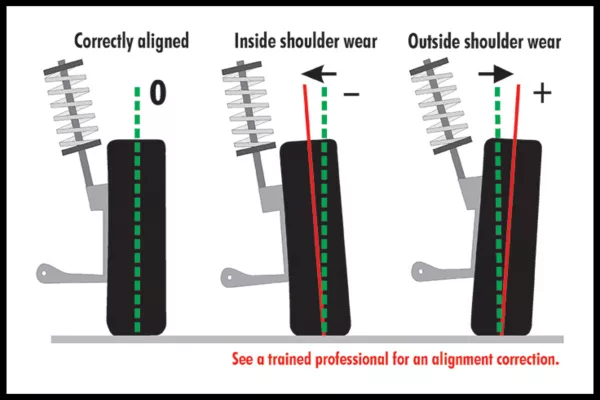
Tire rotation doesn't only guarantee your driving comfort, but your safety as a whole
>>> You might like to read: [Tire safety tips] How to prolong the lifespan of the tire?
Keep tires at best performance
Rotating your tires keeps them at maximum performance. As long as your tires have sufficient tread, you can easily apply the brakes and negotiate corners safely.
Save money for fewer tire changes
Fewer frequent tire changes as a result of regular tire rotation mean you save more than if you spend money replacing tires that have been prematurely worn out.
Tire rotation makes your car more fuel-efficient
2. What happens if you don't do tire rotation
There are a number of consequences if your car’s tires are not rotated. Some of them are:
- Poor handling
- Increased likelihood of tire damage
- Increased chances of getting into an accident
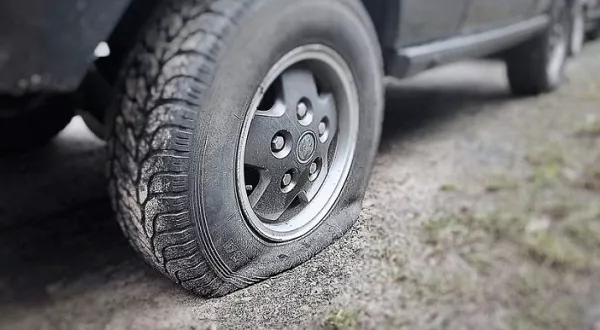
A flat tire is the least of your worries if you don’t rotate your tires
The benefits of having good tires
- Good tires provide optimal support to your car.
- Good tires help absorb road imperfections such as bumps and ruts, ensuring a comfortable ride for the driver and passengers.
- Good tires allow you to accelerate and stop the car smoothly and safely.
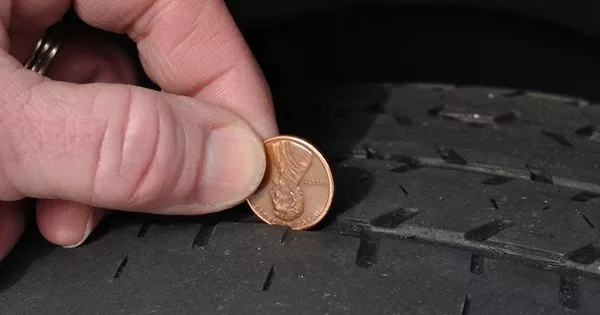
Good tires mean fewer problems with maneuvering on the road
3. How often should we do tire rotation?
- Every 10,000 to 13,000 kilometers
- Every 6 months
- Every other oil change (this one is the easiest to remember, and you could even get a discount by doing both at once)
- When you notice uneven wear on the tires
4. What are the different patterns of tire rotation?
Rotating tires is pretty straightforward; you take out one tire and mount it on the opposite side of your vehicle. But there are specific patterns that should be followed, depending on your vehicle.
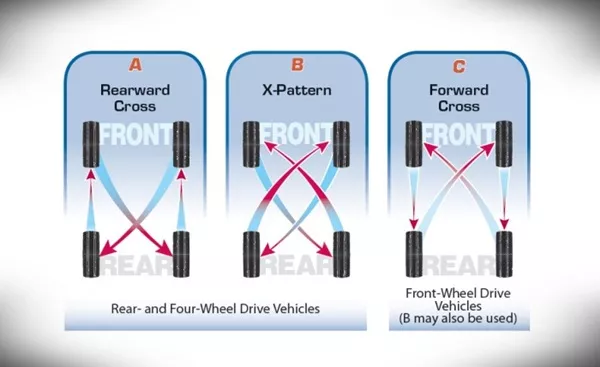
Different patterns you can follow in rotating your car tires
>>> For further reference: 3 tire rotation patterns recommended for Pinoy car owners
#1. For rear-wheel and four-wheel drive vehicles
These are cars that typically have better acceleration than front-wheel drive vehicles, most of them being racing cars or sports cars
Rearward Cross
- Move the front wheels to the rear at the same sides
- Move the rear wheels to the front and switch sides
X-Pattern
- Move the front wheels to the back and switch sides
- Move the rear wheels to the front and switch sides

Unrotated tires can result in some mechanical issues and may tend to wear poorly
#2. Front-wheel drive vehicles
These are the cars that are propelled by the front wheels, with the weight of the engine in front helping in improved traction
Forward Cross
- Move the front wheels to the rear and switch sides
- Move the rear wheels to the front on the same sides
>>> View related posts: 3 tips to choose the right tires for your car
#3. Same size directional wheels
These are tires designed to handle extreme weather conditions due to increased grip on wet surfaces, at the expense of some road noise
Front-to-Rear
- Move the front wheels to the back on the same side
- Move the rear wheels to the front on the same side

You can effectively preserve balance and maneuverability by rotating your car tires
#4. Different sized non-directional wheels
For dry and wet conditions, your best bet would be with these asymmetrical wheels, which are good for high-speed stability
Side-to-Side
- Move the front wheels to their opposite sides
- Move the rear wheels to their opposite sides
#5. Six-Tire Rotation
For trucks that have made use of four wheels at the back, two on each side
For irregular wear on the rear tires:
- Switch the rear tires on the same side
For irregular wear on the front tires:
- Move the front tire to the outermost side of the rear wheels; on the same side
- Rotate the three tires on the same sides; the front tire to the outermost side of the rear wheels, the outermost rear wheel to the innermost side, and the innermost side rear tire to the front
- Move the front wheels onto each other’s opposite sides
- Switch every two rear tires onto the opposite side
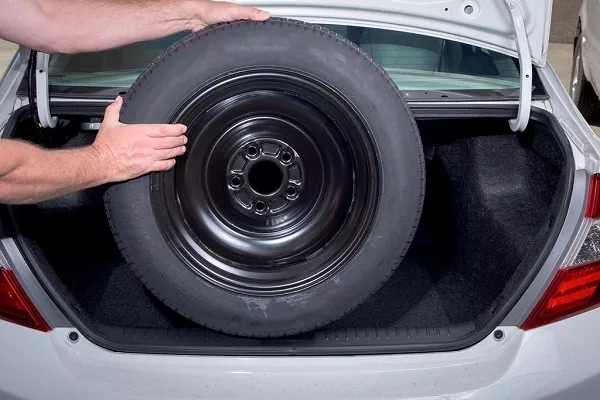
Always bring a spare tire for emergencies
#6. Rotating with the spare tire included
The spare tire has a different wear pattern than the other four, applicable if the spare tire is of the same type or brand as your other four tires
- Your right front wheel will be your spare tire.
- Your spare tire will move to the right rear wheel
- The right rear wheel will move to the left front wheel
- The left front wheel will move to the left rear wheel
- The left rear wheel will move to the right front wheel
The better tires, or the ones that have the least amount of wear, should be mounted at the rear of the vehicle to prevent over-steering, or the rear wheels losing grip faster than the front wheels, causing the rear of the vehicle to sway in the direction opposite of where the front is headed.
Another reason is to improve traction at the rear during hydroplaning; newer tires that have more of their tread intact can disperse water more easily. If the tires at the rear are worn out, they will be literally lifted by the water off the road, reducing the vehicle’s stability.
As always, check or refer to your owner’s manual for specifications and guidelines. You can also have your trusted mechanic perform a tire rotation for you, which will only take half an hour of your time. If you value safety, cost-efficiency and preserving the life of your tires, then tire rotations are a must in your car’s maintenance routine.
>>> Click here to check out more tire safety and maintenance tips
Recent posts
- Properly install tire chains for your car with 9 easy steps Aug 16, 2022
- Benefits & drawbacks of tubeless tires, Run-flat tires & self-inflating tires Aug 07, 2019
- 5 common car tire myths that have finally been debunked Oct 25, 2021
- 4 questions to ask when choosing the best tire for your car Nov 17, 2022
- How to prevent a flat tire - 7 handy tips for Pinoy drivers Aug 17, 2022











